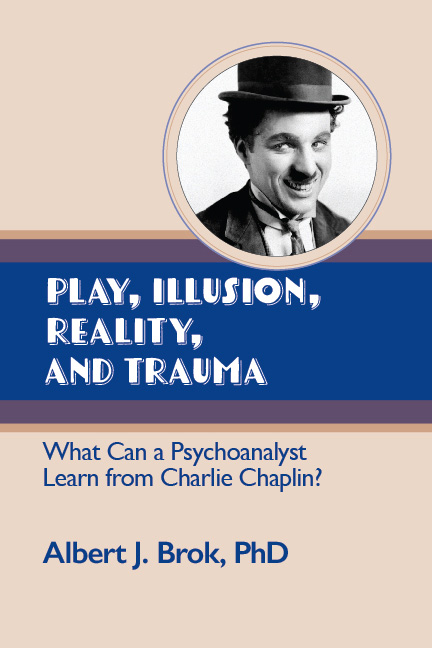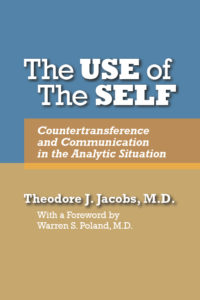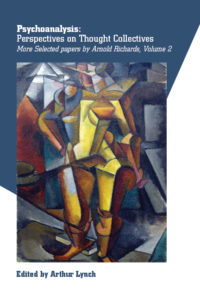Play, illusion, Reality, and Trauma: What Can a Psychoanalyst Learn from Charlie Chaplin? by Albert J. Brok, PhD, CGP
$24.95
ISBN: 978-1-949093-52-0
This work presents some thoughts on Play, Illusion, Reality, and Trauma in relation to the process between patient and analyst. A creative part of our journey in this discussion includes a look at the long career of Charlie Chaplin, in terms of his relationship with his audience as a metaphor for the analyst as audience to his patient and vice versa. Patient and analyst, audience and artist, are mutually and hopefully salubriously intertwined as “involved witnesses” with each other’s communication, be they verbal or non-verbal. The level at which these communications are reacted to, the attributions made about them, the connectiveness created, and the therapeutic value derived in the case of analysis, depends on many idiosyncratic factors, both external and internal to the participants involved. I will provide some examples of these factors, both clinical and artistic. In the process, I will define and elaborate the clinical relevancy of play and the concept of a “Playing Alliance” vs “Working Alliance,” as well as the irrelevancy of play at certain moments therapeutically. I will also discuss the idea of an aesthetic therapeutic contract and the differentiation of enactments from what I have come to term “actments,” (Brok 2014, 2016), as well as the paradox of reality, illusion and the effects of trauma in human experience.
A Note on Chaplin
Charlie Chaplin had a remarkably long career in motion pictures, spanning some 53 years. His delayed transition from silent to talking pictures is directly correlated with a shift in themes in his later work. As Chaplin found his cinema voice, his films moved from the world of illusion, play, humor, and poignancy to the more overtly rational/serious world of political/ social messages, focused – satire and existential-developmental dilemmas. Nevertheless, he still attempted to retain play and humor in his film narrative. We shall see how this attempt led to the loss of some of his audience. This I suggest is similar to the difficulty some analysts might have in maintaining a connection with their patients who relate playfully and humorously, either inappropriately, or in potentially appropriate, spontaneous way that nevertheless activates particular anxiety for the analyst and, vice versa, where the analyst resorts to joking as a way of avoiding the seriousness of a situation Simply put, what may be funny or playful for one person may not be for another as a function of that other’s life experience. In addition, I will demonstrate examples where the analyst, overly comfortable with seriousness and analyzing, removes an important playful experience from his repertoire that is therapeutic which I term an actment , ( a conscious process), as opposed to an enactment (an unconscious process) . Finally, I will suggest that Chaplin lost some of his audience by trying to keep inserting humor and play into serious topics that hurt too much, and whose paradoxical element were difficult for some to digest. The acceptance of paradox is an important human capacity, without it we see things as too one-sided; however; when used to communicate a message, it has its limits for some audiences. Analogous examples from clinical work will be presented Finally, as indicated above, I will introduce the concept. concept of an “aesthetic therapeutic contract” between patient and analyst, as similar to that of artist and audience, and compare the tendency of film audiences to sometimes understand and sometimes misinterpret an artist’s message at particular points in cultural – political history. I compare this with the analyst’s ability to be an involved witness and experientially empathic audience to his patient’s productions at certain times, while at other times being subject to blockage or countertransference as a function of the analyst’s cultural/historical experience. Under the latter conditions, the “aesthetic quality” of the relationship may be lost
In stock




